A 12-year-old girl in Ethiopia faced a rare and life-threatening condition where her stomach folded over on itself. This led to excruciating pain and an immediate need for emergency medical intervention. Miraculously, she survived it. This is her story battling the rare condition gastric volvulus.
What is Gastric Volvulus?
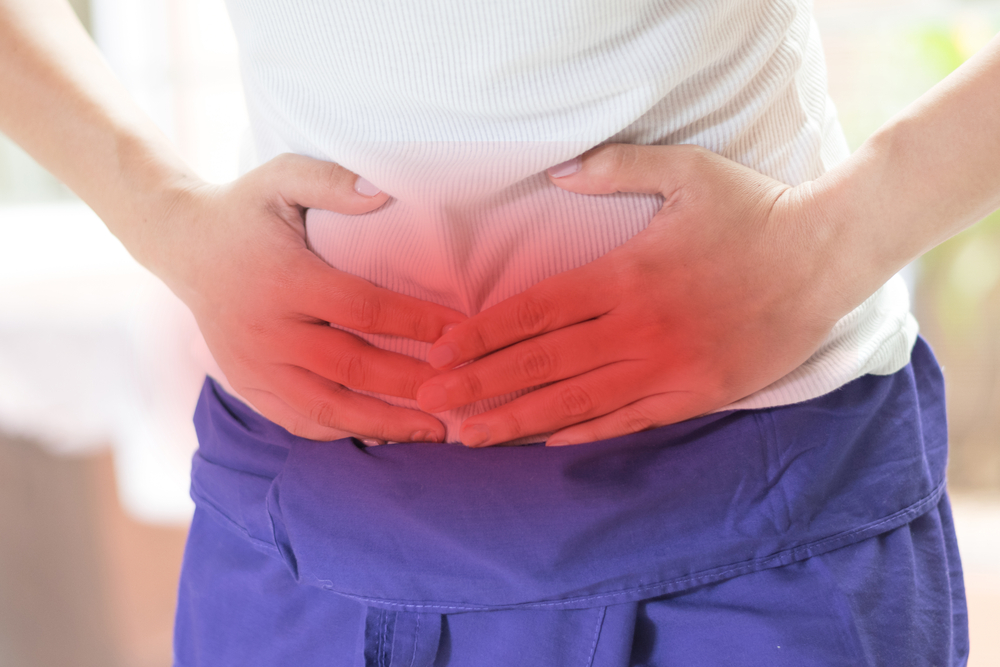
Gastric volvulus is a rare condition characterized by the rotation of the stomach on itself. This is typically at least 180 degrees along its transverse or longitudinal axis. It was first described in 1886 by a doctor named Berti. They recorded it following an autopsy of a female patient. This abnormal rotation can lead to gastric strangulation, which as it sounds, is a serious complication that can be fatal. It requires prompt diagnosis and treatment to reduce risk of death.
Causes of Gastric Volvulus
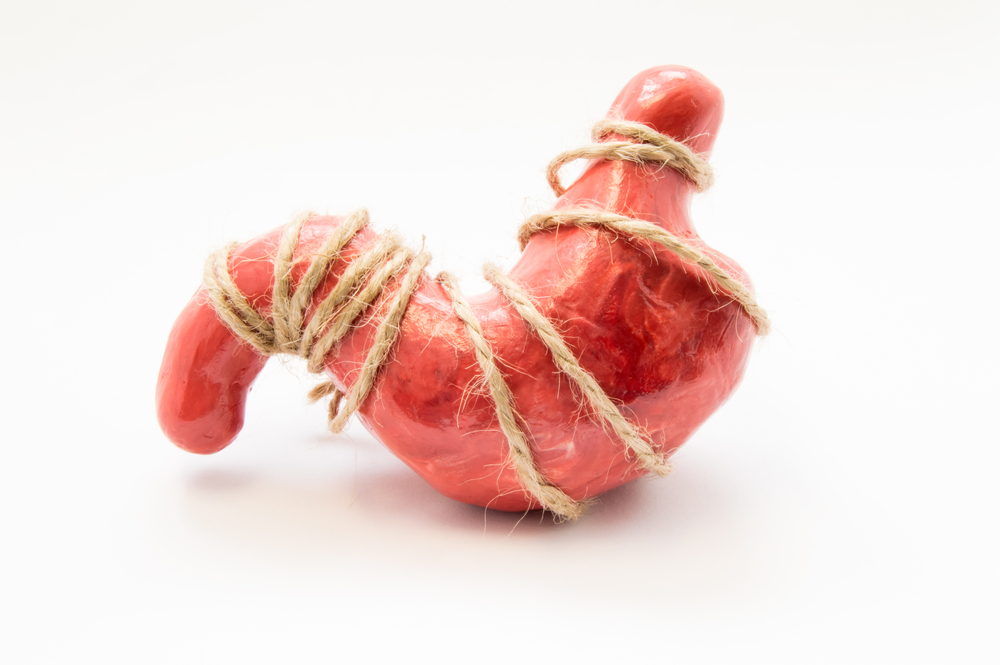
There are two classes of gastric volvulus: Primary and secondary. Primary accounts for 10%-30% of cases and is attributed to laxity and disruption of the stomach;s ligamentous attachments. Secondary gastric volvulus is commonly linked to anatomical disorders such as diaphragmatic hernias or abnormal gastric function. The rotation of the stomach can occur in two forms: organoaxial and mesenteroaxial, each accounting for a different proportion of cases.
Read More: Woman Suffers From Rare Genetic Condition, and Hasn’t Eaten For Years, ‘It’s The Reason I’m Alive’
Epidemiology
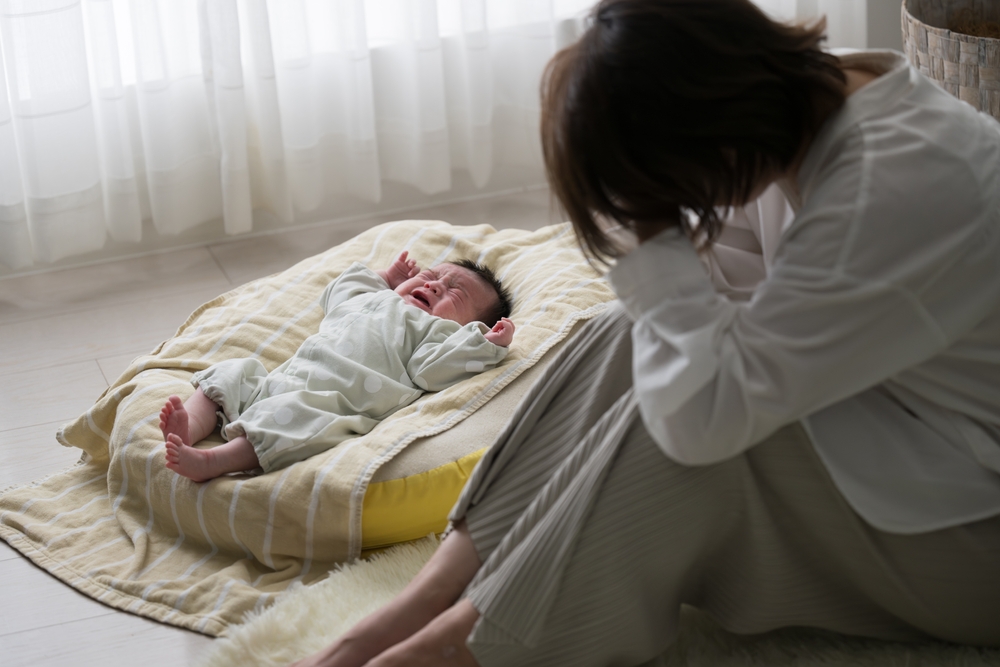
Gastric volvulus most commonly occurs in either pediatric patients, usually less than one year old, or in older adults over the age of 50 years. There is no specific gender or race predilection for the condition. Notably, paraesophageal hernias are the most common cause of gastric volvulus for both children and adults.
Pathophysiology
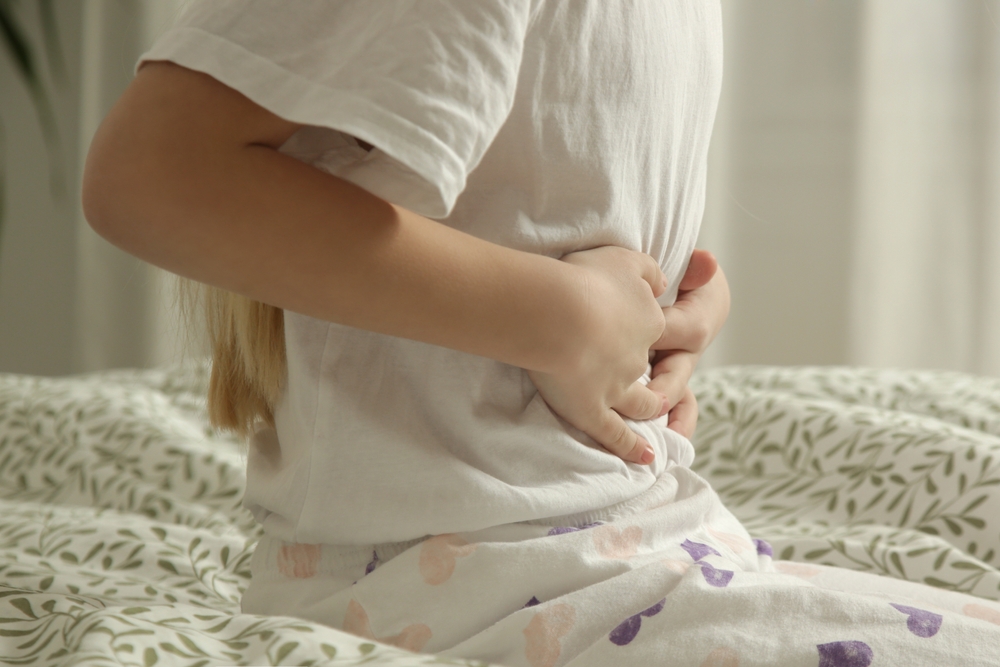
The reason why this rotation of the stomach is so dangerous is because it leads to foregut obstruction, which can manifest acutely or with intermittent, recurrent, and chronic symptoms. This obstruction creates a much higher risk situation for stomach strangulation, necrosis, perforation, and shock. This emphasizes the significance of early diagnosis and treatment.
Read More: Teen Wants More People to Know About a Rare Medical Condition Linked to Cannabis Use
The Critical Situation and Diagnosis
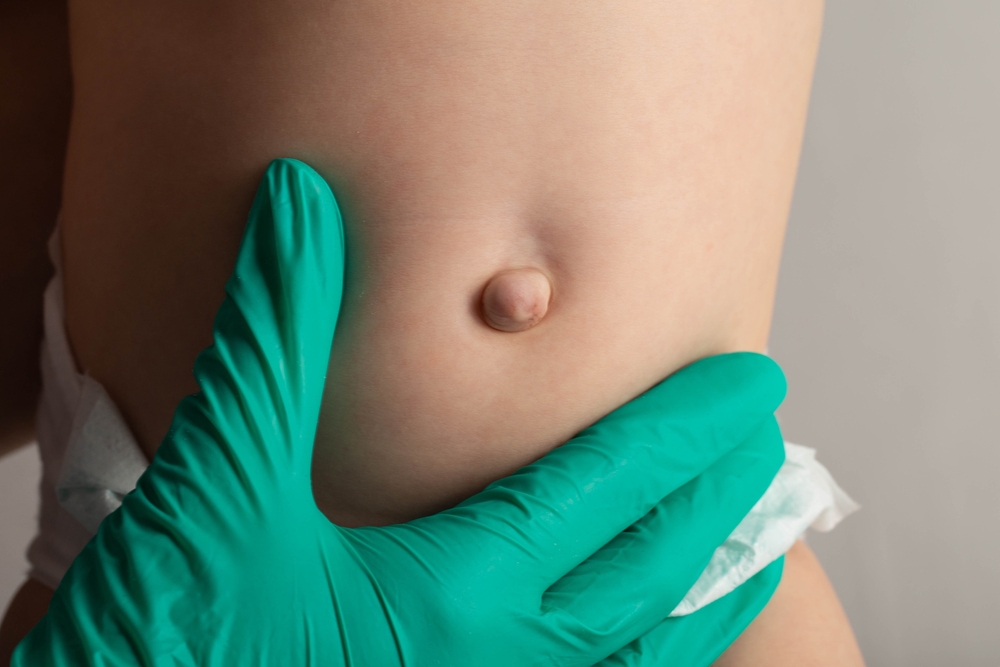
As you can imagine, the young girl’s situation was quite critical. Her stomach’s twisting led to severe complications, inhibiting her ability to breathe and pass stools. This then led to further complications. A prompt diagnosis and surgical treatment were critical for her survival. The odds, however, were not in her favor. Statistics show that gastric volvulus has alarming fatality rates of 30% to 50% if left untreated.
Clinical Presentation

The clinical presentation of gastric volvulus varies based on the speed of onset, type of rotation, and the completeness of foregut obstruction. Acute gastric volvulus can present with severe epigastric abdominal pain, retching without the ability to vomit, and difficulty passing a nasogastric tube. Chronic cases may present with intermittent or vague symptoms such as upper abdominal pain, nausea, dysphagia, early satiety, vomiting, and hiccups.
Diagnosis
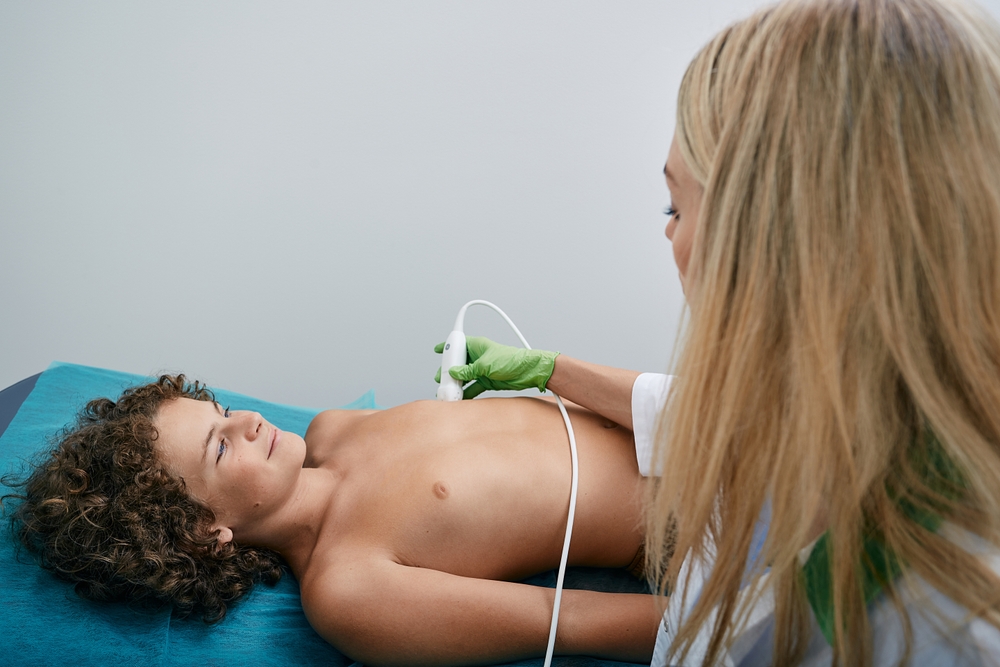
It is not easy to diagnose gastric volvulus. A solid medical history and a physical exam are key factors. Suspicion may be confirmed by radiological tests while patients are symptomatic. Other techniques, such as chest x-rays, upper gastrointestinal contrast studies, and computed tomography scans, can also be helpful in confirming the diagnosis.
Read More: Teen Girl, With The ‘Body of a 152-year-old’, Dies at 19 Due to Rare Condition
Unraveling the Case
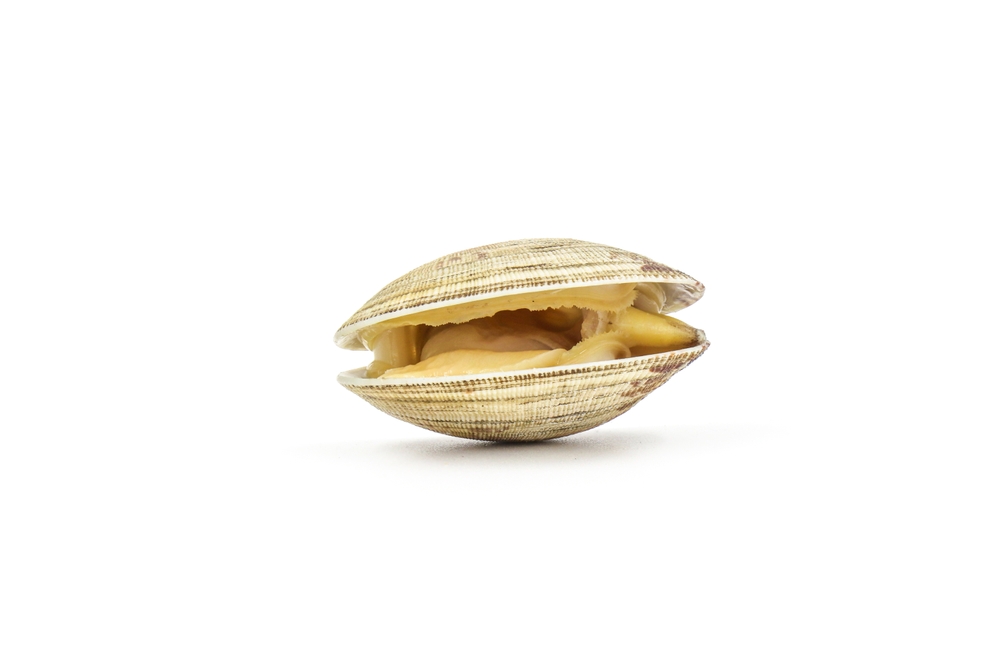
The girl’s case was not only critical, but her circumstances were also quite unique. Her stomach had folded over like a clam shell. This is quite rare, only seen in approximately one-third of patients with gastric volvulus. A main contributing factor to this unique presentation of the condition was the instability of the ligaments that anchor the stomach.
Treatment and Recovery
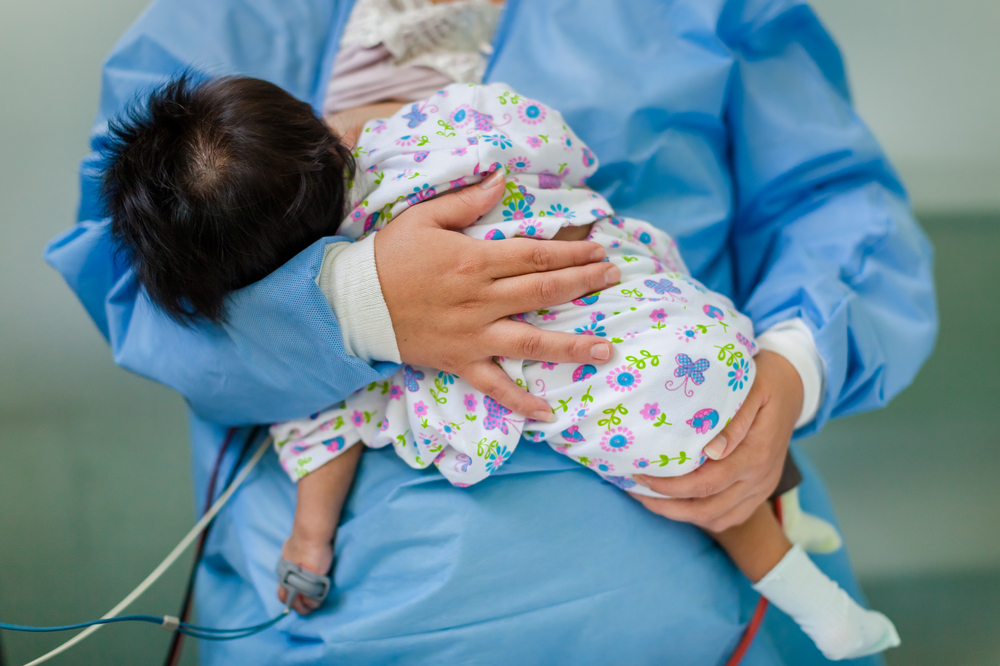
The most common treatment for acute gastric volvulus involves immediate surgical reduction and untwisting of the stomach. Patients with a high surgical risk may benefit from attempted medical management before resorting to surgery, if possible. Conservative treatment, including decompression of the stomach and endoscopic options, may be more suitable for elderly or high-risk patients. Chronic cases may require surgical repair to prevent the high morbidity and mortality associated with strangulated gastric volvulus. In the case of this girl in Ethiopia, surgical intervention was successful, and post-operative recovery allowed her to leave the hospital after just six days.
The Bottom Line
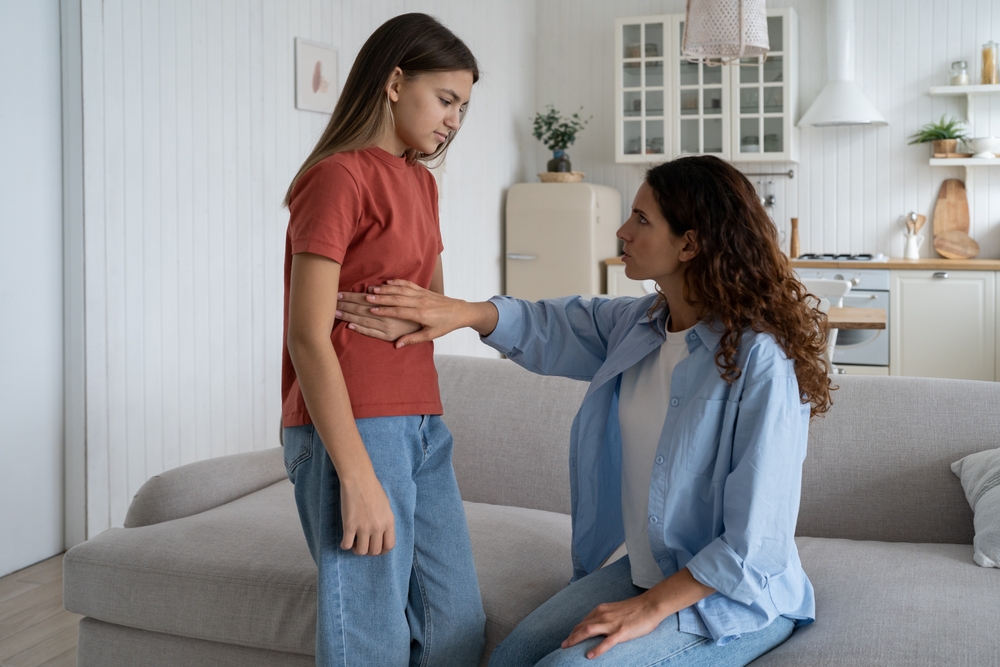
Gastric volvulus is a rare but potentially life-threatening condition. It demands early diagnosis and intervention. This means that understanding the causes, clinical presentation, and treatment options is critical for the management of this condition. The successful treatment of this young girl shows the importance of medical expertise and quick action. Her story serves as a testament to the resilience of both the human body and the dedicated healthcare professionals who saved her life.
Read More: 10 Key Cancer Symptoms in Women That Shouldn’t Be Overlooked

